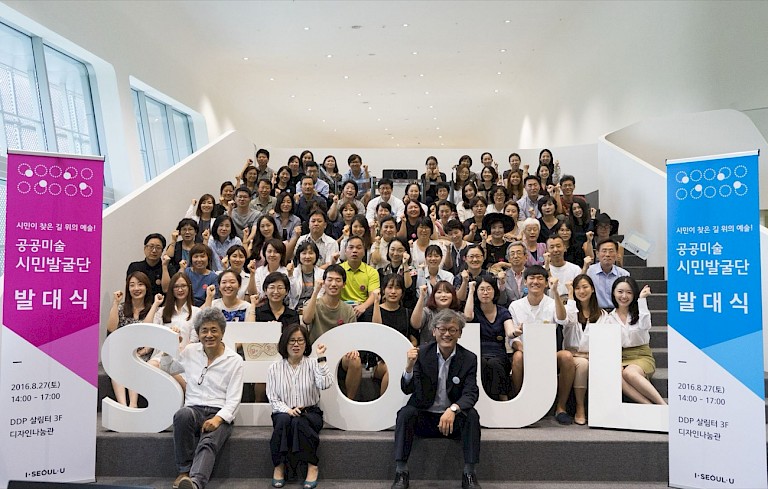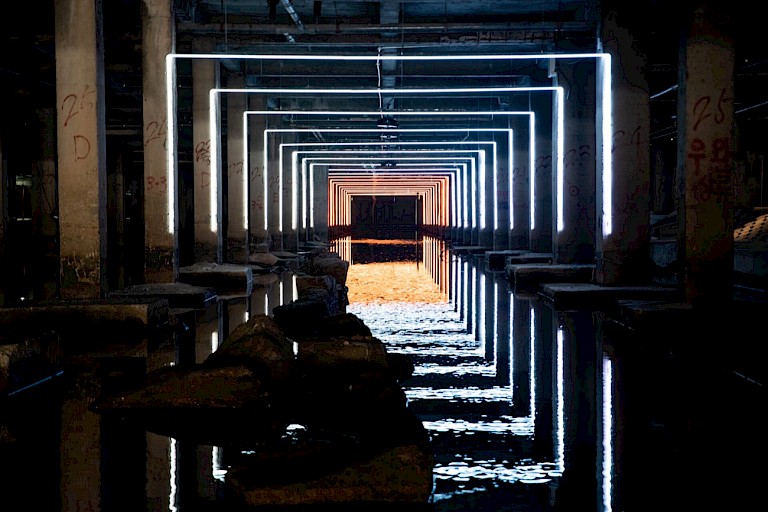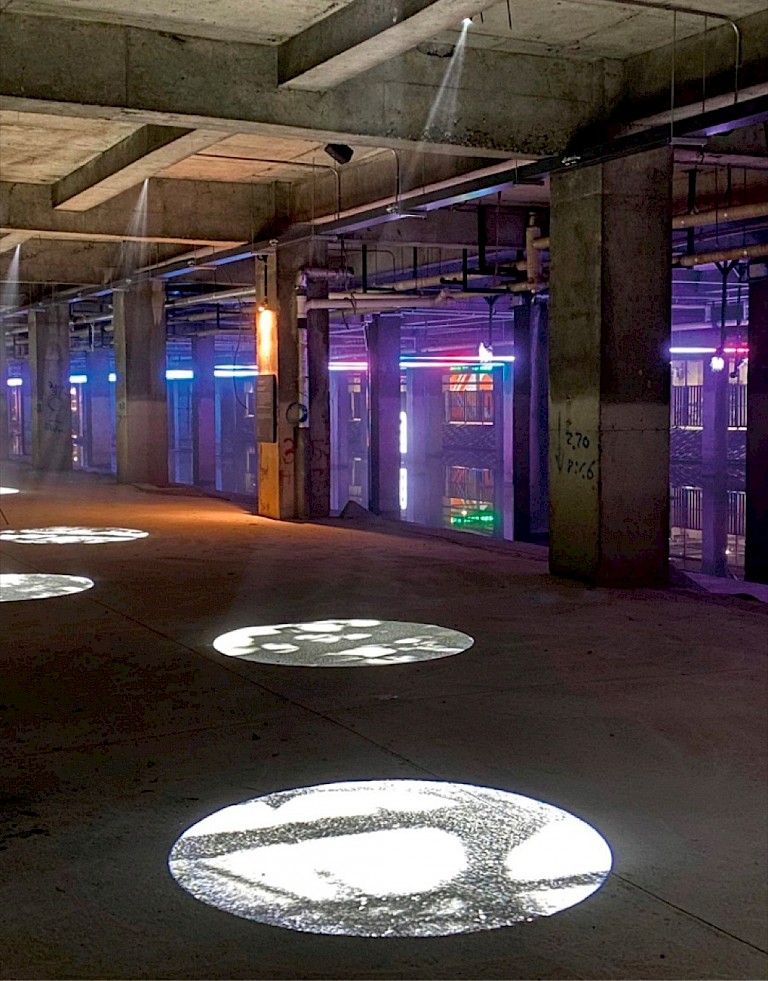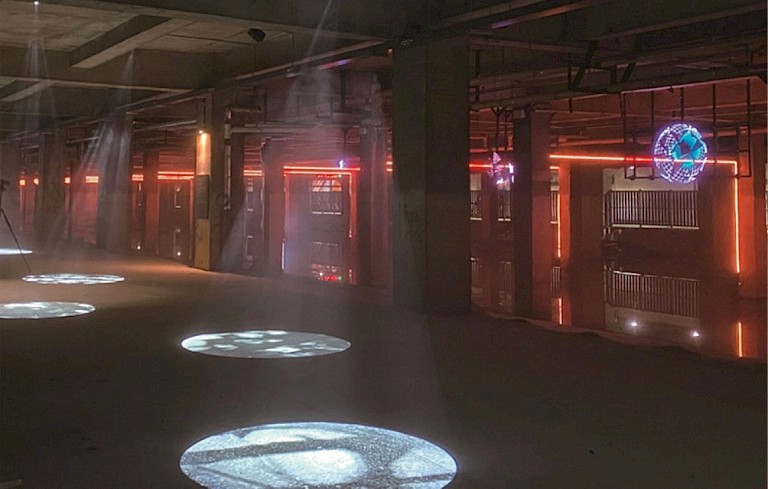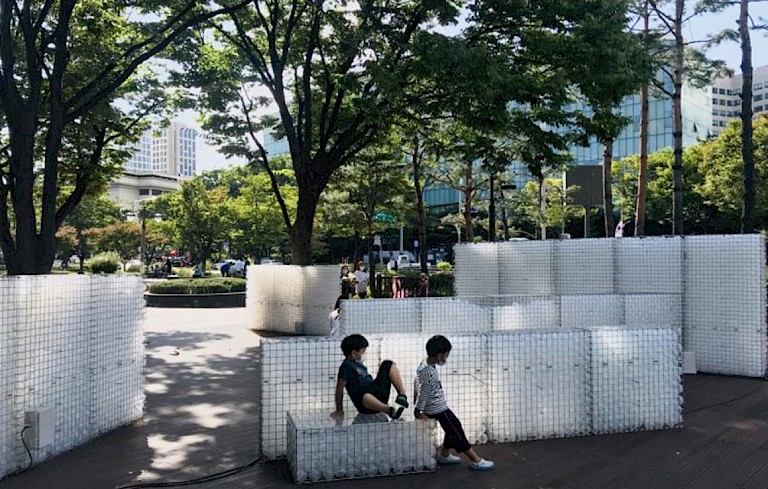



The selection and artist recruitment for this project were conducted through an open call. There are two methos used for the open call.
First, artists interested in participating can personally search for a site suitable for a public art project and submit a project proposal that is compatible with that site.
Secondly, the participating artists were expected to choose from the sites among the 25 autonomous regions in Seoul, and to submit a proposal for the planning of relevant art projects
Types of works solicited in the call:
- Public Art Works
- Create new spaces through artworks
- Improve the urban environment
- Public art projects in which the public can participate
Eligibility for participation requires an artist or team of artists of Korean nationality, with at least one prior exhibition on record. The call is open to professionals, but university professors, staff, and college students are not eligible.
The criteria for review are based on originality, artistry, and publicity, and participating artists are selected after three rounds of review.
In the case of Hongji-Yuyeon, a representative example of the Seoul Is Museum project, the area surrounding the project, Hongji-dong, is a major residential area in the western region of Seoul and has a dense population. However, compared to other areas, this region has relatively poor cultural and artistic infrastructure and a relative lack of cultural and artistic facilities. Due to the large population, the area often faces serious traffic congestion problems, which leads to a relatively negative image. In addition, the lack of basic cultural facilities for the residents makes it more difficult to attract residents from other areas to visit.
However, the Hongji-Yuyeon Project, which was successfully promoted in 2019, has met the demand for culture and art among local residents. In addition, the area has begun to be recognised for its cultural and artistic attraction, attracting more visits from citizens of other areas, leading to the rise of new restaurants and cafes, and transforming the originally residential-centered area into a new tourist destination, contributing to the revitalisation of the area's economy and the improvement of its image.
